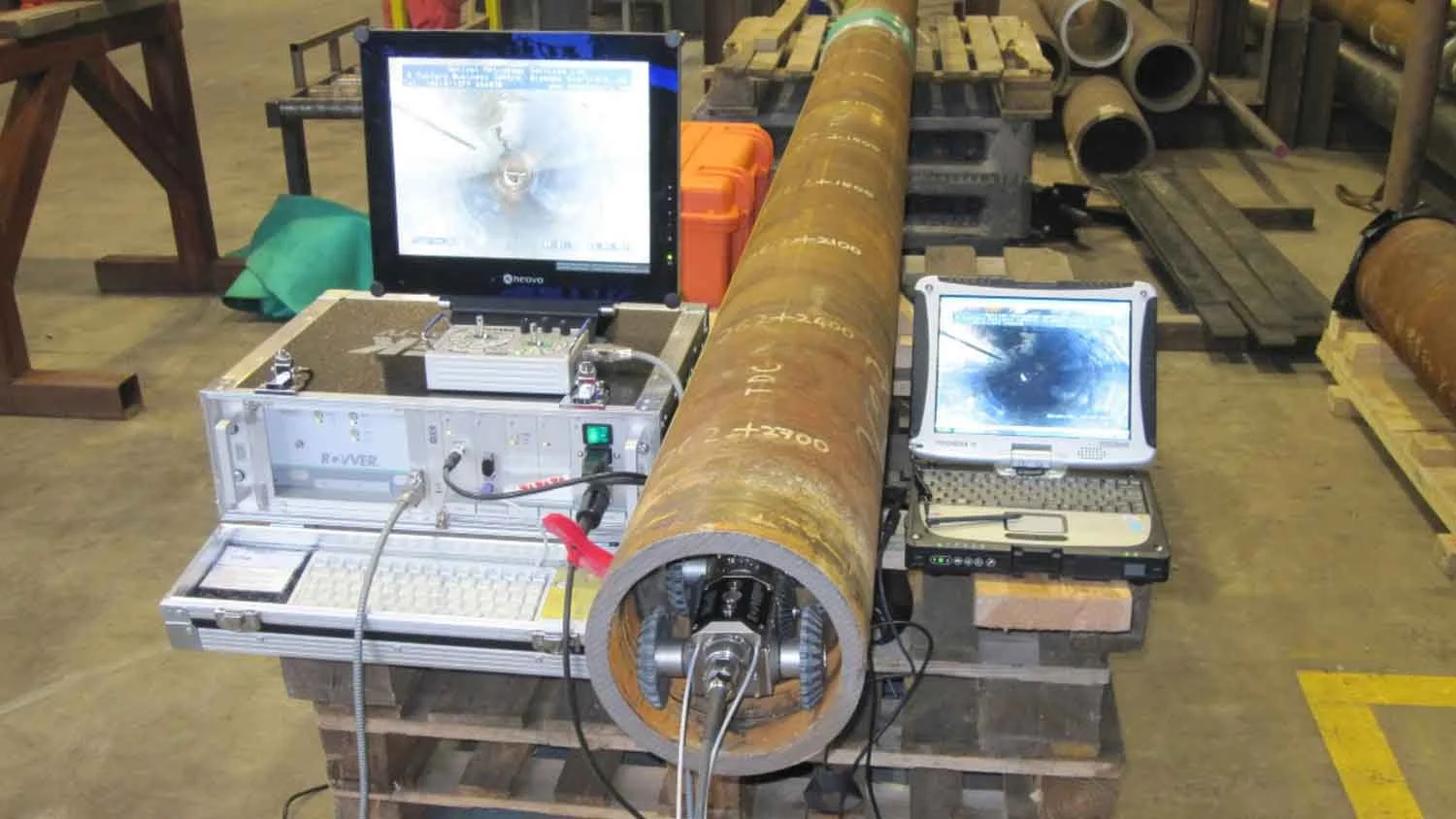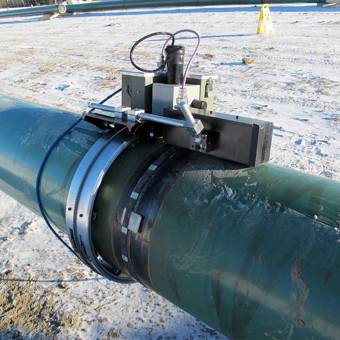Make The Most Of Efficiency: Proactive Pipeline Welding Inspection Techniques
Make The Most Of Efficiency: Proactive Pipeline Welding Inspection Techniques
Blog Article
Comprehensive Review of Pipe Welding Evaluation Procedures
In the world of pipe building and construction, ensuring the stability and security of bonded joints is critical. Pipeline welding assessment treatments play an essential role in assuring that welded connections satisfy strict market standards and requirements. From thorough pre-welding evaluations to detailed post-weld assessments, a well-defined examination procedure is vital for preserving the architectural soundness of pipes. Comprehending the details of welding assessment treatments is not just a regulative need yet likewise a fundamental aspect of upholding the reliability of these vital frameworks.
Pre-welding Assessment Preparations
Before starting the welding process, detailed pre-welding assessment preparations are vital to make certain the honesty and quality of the weld joint. These preparations include a precise assessment of the materials to be bonded, the welding devices, and the job setting. By conducting comprehensive pre-welding assessment preparations, possible concerns can be recognized and dealt with early on, leading to dependable and premium weld joints.
Welding Treatment Credentials
Comprehensive pre-welding assessment prep work lay the foundation for the essential procedure of Welding Treatment Credentials, ensuring the integrity and quality of the weld joint. Welding Treatment Qualification (WPQ) is a vital step in the welding process that includes screening and certifying welding procedures to assure they satisfy details criteria and needs. The WPQ procedure usually includes welding procedure requirements growth, welding treatment credentials testing, and documentation of the results.
Throughout welding treatment requirements development, vital details such as the welding procedure, welding materials, joint design, and welding criteria are specified to develop a detailed procedure. Ultimately, welding treatment credentials screening is conducted to verify the proposed treatment's honesty. This screening typically involves welding examination discount coupons that go through different mechanical and non-destructive tests to analyze the weld's quality and adherence to the defined standards.
In-process Weld Assessment
During the welding process, in-process weld evaluation plays a vital duty in making certain the top quality and stability of the weld joint - Pipeline Welding Inspection. This sort of inspection involves checking the welding criteria, analyzing the weld bead development, and spotting any type of possible issues or gaps as they take place. By carrying out in-process weld evaluations, welding drivers can immediately deal with any kind of problems that may emerge, thus protecting against additional defects and making sure that the final weld meets the required specifications
Common approaches used for in-process weld examination include aesthetic examination, fluid penetrant testing, magnetic fragment screening, ultrasonic testing, and radiographic screening. In general, in-process weld examination is essential for preserving the top quality and reliability of bonded pipes.
Non-destructive Screening (NDT)
Non-destructive Screening (NDT) is a critical method employed in pipeline welding evaluation to assess the stability of weld joints without triggering damages to the bonded framework. By making use of various NDT techniques, examiners can examine the high quality of welds and determine any kind of defects or gaps that might jeopardize the architectural stability of the pipe. Typical NDT techniques made use of in pipe welding evaluation include Radiographic Testing (RT), Ultrasonic Screening (UT), Magnetic Fragment Checking (MPT), Fluid Penetrant Screening (LPT), and Visual Testing (VT)
RT involves the use of X-rays or gamma rays to create images of the inner structure of the weld, permitting assessors to discover defects such as porosity, splits, or insufficient blend. Additionally, VT involves visual examination of welds to recognize any Full Article kind of visible flaws.
Post-weld Examination and Documents


Documents of post-weld inspection searchings for is vital for preserving quality assurance records and making sure compliance with sector criteria and policies. Thorough reports need to include info concerning the inspection methods utilized, the area and nature of any kind of flaws discovered, and any kind of restorative activities taken - Pipeline Welding Inspection. Proper documents not just functions as a document of the weld's top quality yet additionally help in future upkeep and examination procedures
Final Thought

Finally, pipeline welding examination procedures play a critical function in ensuring the high quality and honesty of welds. From pre-welding assessments to post-weld documents, each action is necessary in maintaining the security and effectiveness of pipes. By complying with recognized procedures and carrying out thorough examinations, potential flaws can be identified and addressed prior to they cause expensive fixings or failings. In general, adherence to appropriate assessment methods is key to the success of pipeline welding jobs.
From thorough pre-welding examinations to thorough post-weld analyses, a distinct examination procedure is essential for maintaining the structural soundness of pipes. By performing in-process weld inspections, welding drivers can promptly address any issues that might emerge, consequently ensuring and protecting against additional problems that the final weld satisfies the required specifications.
Usual techniques used for in-process weld inspection click here now consist of aesthetic evaluation, fluid penetrant testing, magnetic particle screening, ultrasonic testing, and radiographic testing.Non-destructive Testing (NDT) is an essential method used in pipeline welding examination to examine the stability of weld joints without triggering damage to site link the welded framework. Post-weld inspection involves numerous techniques to evaluate the welds for issues, consisting of visual examination, dye penetrant screening, magnetic fragment testing, ultrasonic screening, and radiographic screening.
Report this page